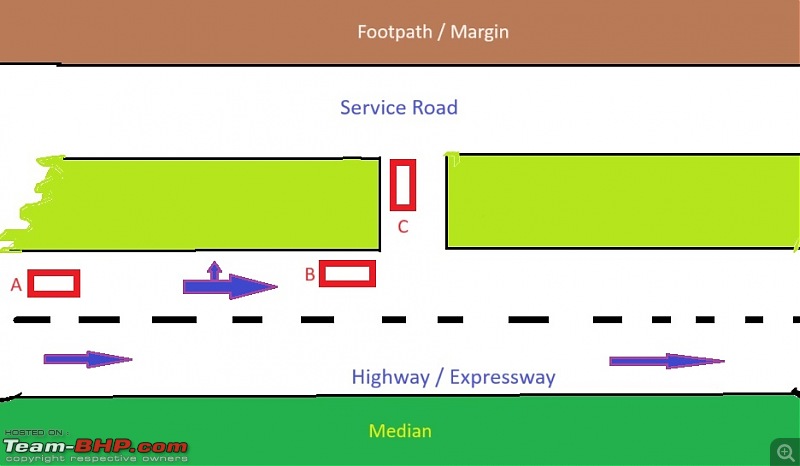| |||||||
 |
| Search this Thread |  14,611 views |
| | #1 |
| Distinguished - BHPian  | |
| |  (23)
Thanks (23)
Thanks
|
| |
| | #2 |
| BHPian Join Date: May 2023 Location: Riyadh
Posts: 652
Thanked: 4,708 Times
| |
| |  (2)
Thanks (2)
Thanks
|
| | #3 |
| BHPian Join Date: Mar 2014 Location: Bangalore
Posts: 302
Thanked: 2,654 Times
| |
| |  (9)
Thanks (9)
Thanks
|
| | #4 |
| BHPian Join Date: Jul 2019 Location: Gt.Bentley U.K.
Posts: 191
Thanked: 599 Times
| |
| |  (2)
Thanks (2)
Thanks
|
| | #5 |
| BHPian | |
| |  (1)
Thanks (1)
Thanks
|
| | #6 |
| BHPian Join Date: Oct 2021 Location: Bengaluru
Posts: 967
Thanked: 2,153 Times
| |
| |  (1)
Thanks (1)
Thanks
|
| | #7 |
| Distinguished - BHPian  | |
| |  (3)
Thanks (3)
Thanks
|
| | #8 |
| BHPian Join Date: Aug 2012 Location: Cochin
Posts: 58
Thanked: 38 Times
| |
| |  (1)
Thanks (1)
Thanks
|
| | #9 |
| Senior - BHPian | |
| |  (1)
Thanks (1)
Thanks
|
 |
Most Viewed









 here’s my 2 paisa;
here’s my 2 paisa;
